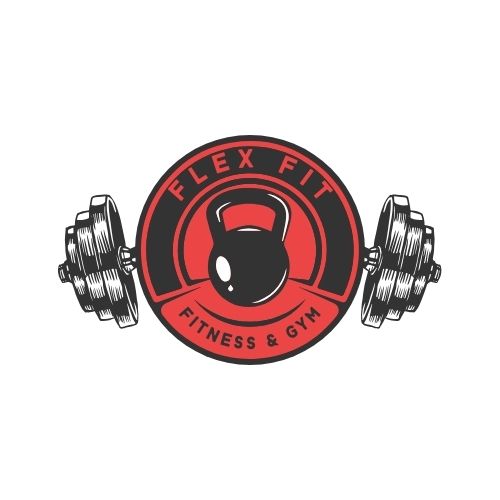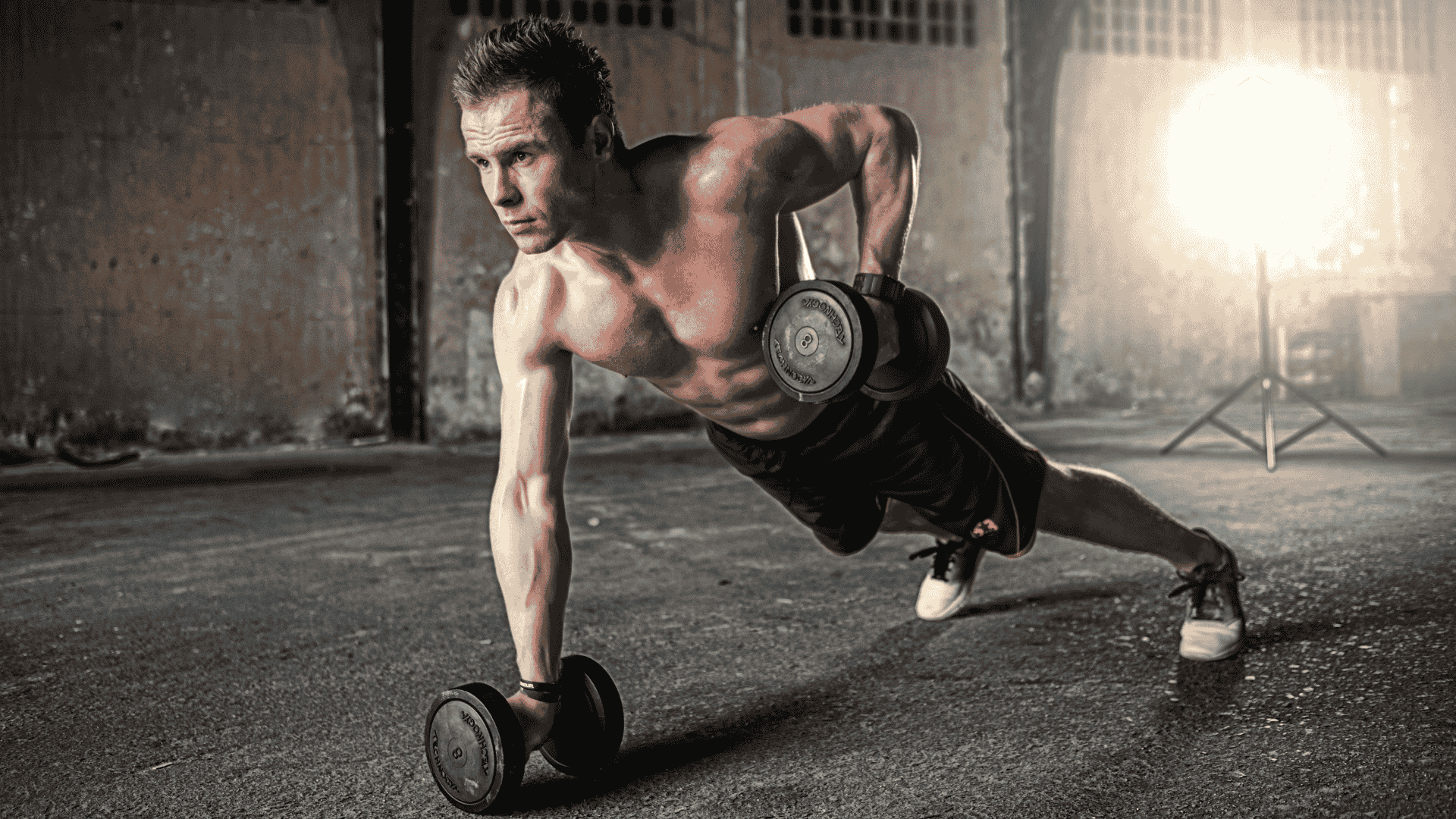Mastering the Push Pull Legs Split: Why It’s the Ultimate Workout Routine
Push. Pull. Legs. Repeat: The Timeless Workout
In the ever-evolving world of fitness trends and workout fads, one training split has stood the test of time—Push, Pull, Legs (PPL). Whether you are a beginner or a seasoned athlete, this workout structure remains one of the most efficient and balanced methods to build strength, improve muscle growth, and stay consistent over the long term.
What is the Push, Pull, Legs Workout?
The Push, Pull, Legs routine is a simple yet highly effective way to organize your workouts by focusing on specific muscle groups based on their function:
• Push Day: Targets muscles involved in pushing movements—primarily chest, shoulders, and triceps.
• Pull Day: Focuses on pulling movements—mainly back and biceps.
• Legs Day: Concentrates on the lower body muscles such as quads, hamstrings, glutes, and calves.
After completing the three-day cycle, the routine is typically repeated, giving the motto:
“Push. Pull. Legs. Repeat.”
Why Is It So Popular?
1. Balanced Muscle Development
One of the biggest benefits of the PPL routine is that it promotes balanced muscle development. Unlike full-body workouts, which can leave some muscles underworked, or body-part splits, which can create muscle imbalances, PPL ensures every major muscle group is targeted systematically.
2. Ideal for Progressive Overload
The structure of PPL allows athletes to focus on progressive overload—gradually increasing weights, reps, or sets over time. By splitting workouts based on movement patterns, it becomes easier to track progress and avoid overtraining.
3. Flexibility and Adaptability
Whether you’re training three days a week or six, PPL can be tailored to fit your schedule:
- Three-Day Split: Push, Pull, Legs → Rest → Repeat the following week.
- Six-Day Split: Push, Pull, Legs → Push, Pull, Legs → Rest.
This makes it a favorite for people balancing work, school, and other life responsibilities.
Key Components of a Push, Pull, Legs Program
Push Day Example Workout
• Bench Press – 4 sets of 8–12 reps
• Overhead Shoulder Press – 3 sets of 8–12 reps
• Tricep Dips – 3 sets of 10–15 reps
• Chest Fly – 3 sets of 12–15 reps
• Tricep Pushdowns – 3 sets of 12–15 reps
Pull Day Example Workout
• Pull-Ups – 4 sets of 8–12 reps
• Barbell Rows – 3 sets of 8–12 reps
• Face Pulls – 3 sets of 15 reps
• Barbell Curls – 3 sets of 12–15 reps
• Hammer Curls – 3 sets of 12–15 reps
Legs Day Example Workout
• Squats – 4 sets of 8–12 reps
• Deadlifts – 3 sets of 10–12 reps
• Leg Press – 3 sets of 10–15 reps
• Calf Raises – 4 sets of 15–20 reps
• Lunges – 3 sets of 12 reps per leg
Who Should Try Push. Pull. Legs. Repeat?
This split is great for:
- • Beginners → Learn proper form with clear focus days.
- • Intermediate Lifters → Add progressive overload and volume.
- • Advanced Athletes → Customize intensity and frequency for maximum gains.
The simplicity and flexibility of PPL make it suitable for nearly anyone.
How to Optimize Results with PPL
Consistency Is Key
Just like any other fitness program, the most critical factor for success is consistency. Stick to your scheduled routine, track your progress, and ensure you’re gradually challenging your muscles.
Prioritize Form Over Weight
Especially for beginners, focusing on proper technique will prevent injuries and promote better muscle engagement.
Nutrition and Recovery
Muscle growth happens outside the gym. A balanced diet rich in protein, healthy fats, and complex carbs is essential to fuel workouts and support recovery. Equally important is sleep and rest days.
Incorporate Deload Weeks
Every 6–8 weeks, plan a deload week where you reduce volume and intensity to allow your body to recover fully.
FAQs About Push. Pull. Legs. Repeat.
Q1. Is push pull legs the best workout split?
Yes, it’s one of the most effective splits for muscle growth, recovery, and long-term progress. It balances all muscle groups and works for beginners to advanced lifters.
Q2. Can beginners do push pull legs?
Absolutely! Beginners can follow a 3-day PPL routine with lighter weights to build a foundation.
Q3. How many times should I repeat push pull legs in a week?
• Beginners: 3 days/week
• Intermediate: 4–5 days/week
• Advanced: 6 days/week
Q4. What’s better: full-body or push pull legs?
Full-body is great for absolute beginners, but PPL offers more volume and intensity for muscle growth and strength once you’re past the newbie stage.
Q5. Can I build muscle with push pull legs?
Yes! PPL is proven to maximize hypertrophy when combined with proper nutrition and progressive overload.
Conclusion: Push. Pull. Legs. Repeat. Build. Grow. Succeed.
The Push. Pull. Legs. Repeat. workout has stood the test of time for a reason — it’s effective, efficient, and adaptable for every level of lifter. Whether you want strength, aesthetics, or athletic performance, this timeless split will help you reach your goals.
So, the next time you walk into the gym, remember the simple yet powerful rhythm:👉 Push. Pull. Legs. Repeat.
Your body will thank you for it.

